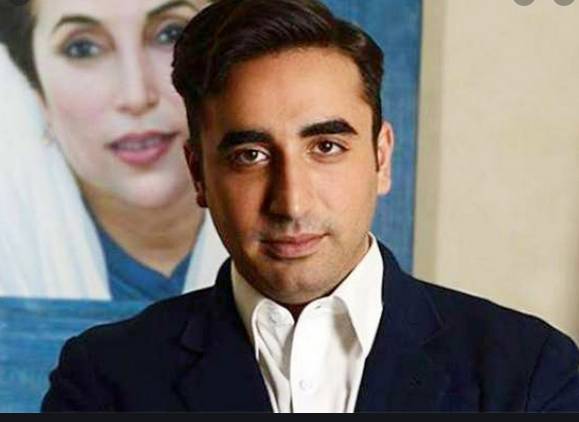Challenges before Bilawal and a strategy to meet them

Stay tuned with 24 News HD Android App

The PPP (Shaheed Bhutto) headed by Ghinwa Bhutto exists only on paper. But the death of senior leader Dr Mubashir Hassan a couple of days ago has made the party’s chances of revival in the foreseeable future further bleak, no matter the amount of effort to be made for the purpose. The reason: There is no one in the party who could bring the party back to life.
The situation provides PPP Chairman Bilawal Bhutto an opportunity to win a number of hearts in Sindh – and even elsewhere – by a single gesture. He should take his aunt Ghinwa Bhutto and her children Fatima Bhutto and Zulfikar Ali Bhutto Junior, along, forgetting the bitterness of the past.
The large-heartedness will certainly be appreciated by public at large, no matter what response comes from the widow of Mir Murtaza Bhutto.

True that the PPP (SB)’s merger with the PPP (hypothetically speaking) will not add to the latter’s vote bank, the political benefit of Bilawal’s gesture will certainly come to be seen at the time of elections.
It is also true that the gulf between the two sides is wide – and it needs a very tolerant attitude to bridge it – the target is achievable.
He should also try to iron out differences with the family of Mumtaz Ali Bhutto, a former Sindh chief minister.
Mr Bilawal should not forget that the gulf between the PPP and the PML-Q was far wider than the one between the Bhutto families. But it was bridged as a result of Dr Babar Awan’s mediation.
There was a time when the PPP branded the PML-Q as Qatil League because of the latter’s jubilant reaction over the execution of Zulfikar Ali Bhutto during Gen Zia’s period. But the situation witnessed a marked change after the 2008 elections, held after the assassination of Benazir Bhutto.
The PPP got sympathy vote and came to power during the incumbency of President Pervez Musharraf, an unbelievable development.
Some sane elements in the party advised Mr Zardari to join hands with the PML-Q as such a gesture would strengthen the PPP’s position.
Dr Babar Awan was picked to approach the Chaudhrys for cooperation between the two parties. His intervention brought the desired results. The PPP got an opportunity to portray itself as a tolerant party and PML-Q’s Chaudhry Pervaiz Elahi became the deputy prime minister, an office especially created for him.
At present, the PPP’s position is weak at national level. It is in power only in Sindh, although the party has the capacity to show its presence in other provinces as well. But to be able to get this role Bilawal will to have to work very hard. He will have to think of ways and means that could enhance party’s following at the country level.
Bilawal will have to pay special attention to Punjab, where the party has eroded its support. And unless he gets space in the country’s most populous province, there is no possibility of the PPP getting a chance to rule at the federal level.
Punjab has been supporting the PML-N in the past decades. It is for the PML-N what is Sindh for the PPP.
Since the PTI has also emerged as a major party in Punjab in the 2018 election, the PPP will have to compete with both these parties in the times ahead, and it will not be an easy task.
The PPP will also have to do something to get some space in KP, which has been captured by the PTI over the years. The task can become easier for the PPP by joining hands with Aftab Sherpao, a former PPP leader who floated his own party – Qaumi Watan Party - after developing differences with the leadership.
Balochistan has always been ruled by coalitions. This means Bilawal can’t change the situation there and will have to take like-minded parties along to get some space there.
